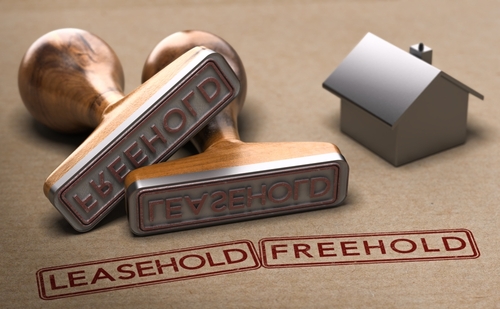You can find Jonathan Frankel’s guest post with Today’s Conveyancer online here.
The Government’s decision to extend the limitation period for homeowners to take legal action for ‘shoddy work’, will have been made in a bid to provide support to leaseholders, amongst others, facing great uncertainty at the moment.
But it actually raises more questions about who should be responsible for righting historic wrongs, and crucially who should pay for them.
It comes at a time when leaseholders are also trying access funds to have the kind cladding removed from their apartment blocks that contributed to the tragedy of Grenfell Tower, just over four years ago. And we still await news from the Government on when they will move forward on their leasehold reform plans, all of which is contributing to a very challenging time for leaseholders right now.
Whilst it is good to see the positive steps of the Government taking action on this issue it does feel like they are just scraping the surface.
It is true to say that extending the limitation period from six years to 15 years will be beneficial for some leaseholders, particularly those who feel they are able to challenge the landlord.
However, it’s not necessarily the case that it would ‘put new cards in the hands of the leaseholder’ as the housing minister Robert Jenrick said when making the initial announcement.
What it does is simply extend the period of limitation to allow them to bring legal challenges. What it doesn’t do is address the more pressing issues of representation and funding.
Legal challenges can be an expensive process even before you get to the issue of paying for the work to be corrected if they lose. This will continue to be the major obstacle for most leaseholders.
Funding and representation are at the heart of the issue for leaseholders. The reality of the situation is that if an individual takes on a developer there is a cost to consider as well as the ‘litigation risk’ always involved. No one should go into litigation (client or developer) without a true understanding of the process and the risks involved.
However, legal advice is key. Can the homeowner establish who is responsible in the first place (not so easy given the change in building standards and regulations over the years), and also an important consideration is what options do they have if the firm has gone bust in the meantime?
Another scenario is that that developer used materials that were lawful at the time but have subsequently been ruled unsafe. Are they liable in that case? This is where law and politics collide.
In my view there is no benefit to extending the limitation period without helping leaseholders fund potential legal actions. That’s the change we want to see, legal protection for leaseholders against any liability for the cost of making their home safe.
But for those who will seek legal action against building firms, it’s imperative that they have expert advice on their side. At CLG we have a specialist property litigation department for that reason. We can advise leaseholders in respect of what options they have and what financial recovery they could benefit from if legal action is pursued before they decide to litigate.





